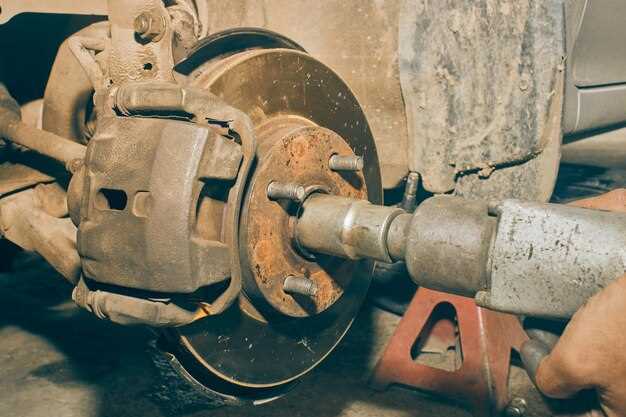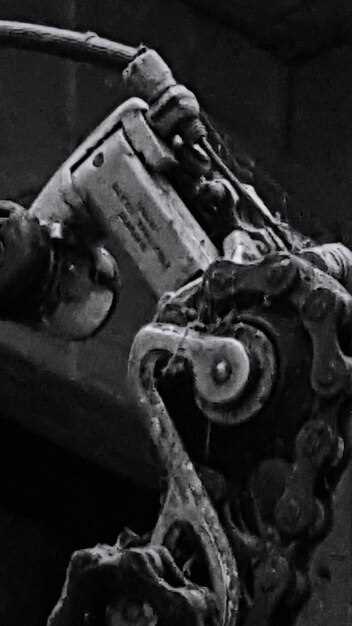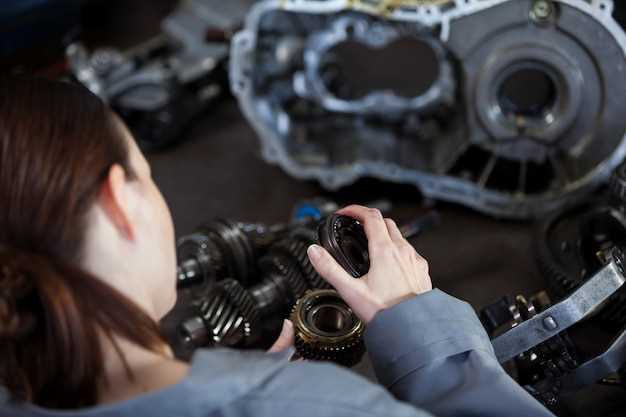
When it comes to maintaining the efficiency and longevity of a semi-truck, one of the crucial components that often requires attention is the transmission system. An overhaul of your semi-truck’s transmission can not only improve performance but also save you significant costs associated with parts replacement and labor. Understanding the step-by-step process for a successful rebuild is essential for both professional mechanics and dedicated truck owners alike.
The process of rebuilding a transmission is intricate and demands a solid understanding of its components and the mechanical principles at play. By diving into this guide, you will learn about the essential tools required, the disassembly and cleaning phases, and how to properly assemble the transmission once all parts are refurbished. Each step is designed to provide clarity on what needs to be done to ensure a precise and effective overhaul, minimizing the risk of future failures.
Throughout this guide, you will encounter detailed instructions and helpful tips that can ease the complexity of a transmission rebuild. Whether it’s recognizing signs of wear or understanding the specific parts that need replacement, this resource is aimed at empowering you with the knowledge necessary to tackle your semi-truck transmission project efficiently. Prepare to enhance your mechanical skills and keep your truck running smoothly with our comprehensive guide.
Identifying Common Transmission Issues and Diagnostic Techniques

Rebuilding a semi-truck transmission requires a thorough understanding of common issues that may arise. Identifying these problems early can save time and resources during the rebuilding process. Here are some prevalent transmission issues and effective diagnostic techniques to consider.
1. Slipping Gears: One of the most frequent transmission problems is slipping gears. This issue often manifests as the truck unexpectedly changing gears or losing power. To diagnose, monitor the RPMs during operation; if they rise without an increase in speed, it indicates a slipping condition. Inspect the fluid level and quality, as low or degraded fluid can lead to such behavior.
2. Unusual Noises: Grinding, whining, or clunking noises during operation are red flags. These sounds can indicate worn bearings, gears, or improper lubrication. Conduct a sound check while shifting through gears to pinpoint the source of the noise. Identifying noises early can determine whether a rebuild is necessary or if simple repairs can be made.
3. Overheating: Transmission overheating can lead to severe damage and is often caused by low fluid levels, cooling system failures, or internal friction. Check the temperature gauge and fluid condition. A rebuild may be required if the transmission has sustained damage from prolonged overheating.
4. Fluid Leaks: Leaks are an obvious sign of transmission issues. Inspect the ground beneath the truck and the transmission case for signs of leaking fluid. A rebuild may not be needed, but seals and gaskets must be checked and potentially replaced during the process.
5. Failure to Engage: If the transmission fails to engage in either forward or reverse gears, it may indicate internal damage or problems with the hydraulic control system. Conduct a pressure test to check for appropriate levels, and assess the linkage for any misalignment. These actions can help identify if a rebuild is the next step.
Diagnostic Techniques: Consistent diagnostics play a crucial role in identifying these issues. Utilize onboard diagnostics (OBD) and scan tools to gather error codes. Test drives can unveil intermittent problems not apparent during stationary checks. Additionally, a pressure gauge can reveal internal issues affecting performance.
Understanding these common transmission issues and mastering diagnostic techniques will aid in effectively evaluating whether a rebuild is necessary. Early identification of problems will enhance the rebuilding process, ultimately extending the life and reliability of your semi-truck’s transmission.
Disassembly Process: Tools and Precautions

When embarking on a semi-truck transmission overhaul, the disassembly process is crucial to ensure that all components are examined and repaired as necessary. Proper tools and precautions should be employed to avoid damage and ensure a smooth reassembly.
First, gather essential tools for the disassembly. A standard socket set with extensions, wrenches, and screwdrivers in various sizes will be necessary to access different fasteners. Additionally, a torque wrench is critical for ensuring bolts are tightened to specified limits during reassembly. A transmission jack can aid in safely moving the heavy transmission components, while pliers and picks are useful for removing any retaining clips and seals.
Before beginning the disassembly, it’s vital to take safety precautions. Always wear protective gear, including gloves and safety glasses, to shield yourself from potential injuries. Moreover, keep the workspace clean and organized to prevent losing small parts. Taking photographs or making notes during the disassembly can be invaluable for reference during the reassembly phase.
Check the manufacturer’s service manual for specific guidelines regarding the disassembly sequence, as some components may need to be removed in a particular order to avoid damage. Use caution when handling components, especially any that contain fluid, as they may leak and cause slips or other issues.
Finally, ensure that all removed parts are labeled and stored in a systematic manner. Utilizing containers or bags can help keep different groups of parts organized, making the reassembly process much more efficient. Adhering to these tools and precautions during the disassembly phase will set a solid foundation for a successful transmission overhaul.
Reassembly Steps: Ensuring Proper Alignment and Functionality
After completing an overhaul of the semi-truck transmission, the reassembly process is critical to ensure proper alignment and functionality. Begin by laying out all components in an organized manner, using reference diagrams to confirm part placements. This approach mitigates the risk of misalignment and simplifies the reassembly process.
Start with the main case, ensuring that all sealing surfaces are clean and free from debris. Apply a suitable sealant to prevent leaks. Carefully position the input shaft and install any bearings or bushings to maintain correct spacing and engagement.
Next, integrate the gear sets and ensure that each component is seated properly within the casing. Pay special attention to alignment dowels or guides that assist in fitting components together seamlessly. Utilize a torque wrench to secure bolts to manufacturer specifications, preventing any undue stress on the assembly.
As you continue the reassembly, inspect synchronizers and forks to confirm they operate smoothly. Adjust any linkage assemblies to guarantee precise shifting functionality. It is essential to check for any misalignment by manually rotating the shafts to ensure there are no binding issues, which can affect performance.
Before finalizing the assembly, double-check all connections, wiring, and sensor placements, ensuring that they are correctly oriented and secured. This thorough inspection can prevent operational failures after the transmission is reinstalled in the truck.
Finally, once the transmission is fully assembled, conduct a dry run by turning the input shaft to evaluate its operation. Listen for unusual noises and confirm that all parts engage without resistance. This step is crucial to ensure that the reassembled transmission is functioning optimally before reinstalling it into the semi-truck.




